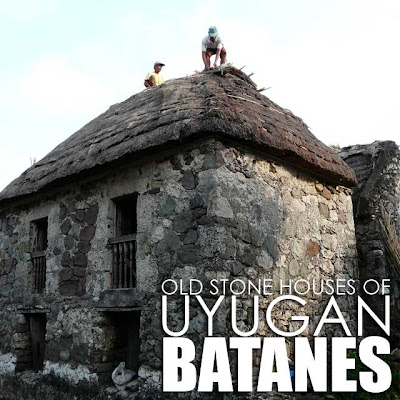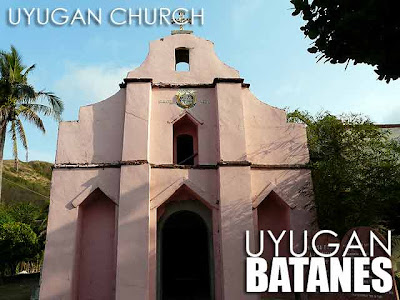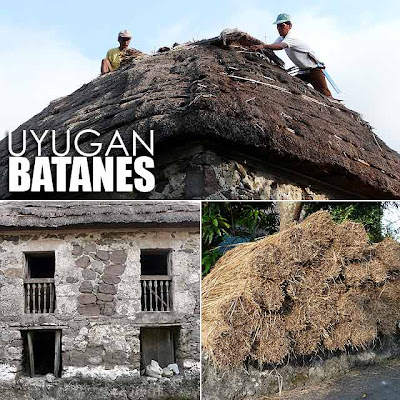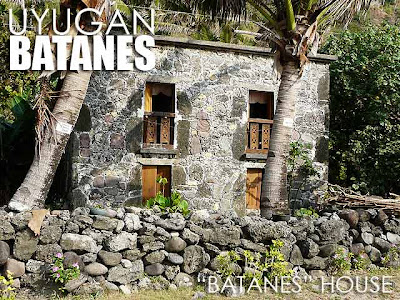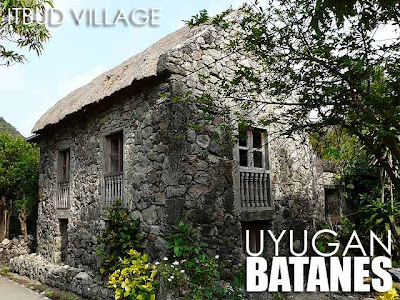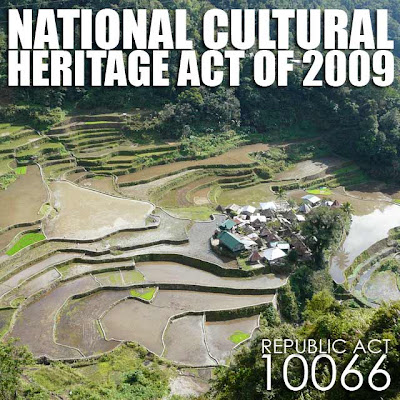
After several years attending Senate and Congressional hearings and technical working groups, the Heritage Bill is now the National Cultural Heritage Act of 2009. I remember attending hearings at the Senate used to be part of my regular schedule!
The new law was signed by President Gloria Macapagal-Arroyo on March 26, 2010. I would like to congratulate everyone who took part in the legislation of this new law. I would like to make special mention of Sen. Edgardo J. Angara, the principal author of this law, for tirelessly working for its approval and enactment.

It's a 31-page document and as soon as we have a soft text copy of the law, we will post it online. But here are some significant and interesting points of Republic Act No. 10066 - An Act Providing for the Protection and Conservation of the National Cultural Heritage, Strengthening the National Commission for Culture and the Arts (NCCA) and its Affiliated Cultural Agencies and for Other Purposes:
Sec. 5. Cultural Property Considered Important Cultural Property. - For purposes of protecting a cultural property against exportation, modification or demolition, the following works shall be considered important cultural property, unless declared otherwise by the pertinent cultural agency:
Unless declared by the Commission,
(a) Works by a Manlilikha ng Bayan;
(b) Works by a National Artist;
Unless declared by the National Museum,
(c) Archaeological and traditional ethnographic materials;
Unless declared by the National Historical Institute,
(d) Works of national heroes;
(e) Marked structure;
(f) Structures dating at least fifty (50) years old; and
Unless declared by the National Archives,
(g) Archival material/document dating at least (50) years old.
The property owner may petition the appropriate cultural agency to remove the presumption of important cultural property which shall not be unreasonably withheld.
* * *
Sec. 7. Privileges for Cultural Property. - All cultural properties declared as national cultural treasures and national historical landmarks, sites or monuments shall be entitled to the following privileges.
(a) Priority government funding for protection, conservation and restoration;
(b) Incentive for private support of conservation and restoration through Commission's Conservation Incentive Program for national cultural treasures;
(c) An official heritage marker placed by the cultural agency concerned indicating that the immovable cultural property has been identified as national cultural treasures and/or national historical landmarks, sites or monuments; and
(d) In times of armed conflict, natural disasters and other exceptional events that endanger the cultural heritage of the country, all national cultural treasures or national historical landmarks, sites or monuments shall be given priority protection by the government.
All cultural properties declared as important cultural property may also receive government funding for its protection, conservation and restoration. An official heritage marker shall likewise be placed on an immovable cultural property to identify the same as important cultural property.
* * *
Sec. 12. Designation of Heritage Zones. - The National Historical Institute and the National Museum, in consultation with the Commission and the Housing and Land Use Regulatory Board or other concerned agencies, shall designate heritage zones to protect the historical and cultural integrity of a geographical area.
Sec. 13. Maintenance of Heritage Zones. - A heritage zone shall be maintained by the local government unit concerned, in accordance with the following guidelines:
(a) Implementation of adaptive reuse of cultural property;
(b) Appearance of streets, parks, monuments, buildings, and natural bodies of water, canals, paths and barangays within a locality shall be maintained as close to their appearance at the time the area was of most importance to Philippine history as determined by the National Historical Institute; and
(c) Local government units shall document and sustain all sociocultural practices such as, but not limited to, traditional celebrations, historical battles, recreation of customs, and the reenactment of battles and other local customs that are unique to the locality.
* * *
Sec. 22. Renaming of Historical Streets, Buildings Designated as Cultural Treasure or Important Cultural Property. - The names of historical streets, parks, buildings, shrines, landmarks, monuments and sites designated as national cultural treasures or important cultural property shall not be allowed to be renamed by local or national legislation, unless approved by the National Historical Institute, and only after due hearing on the matter. Furthermore, for changes of names done to historical streets, parks, buildings, shrines, landmarks, monuments, and sites prior to the effectivity of this Act, the National Historical Institute may direct the local government units to restore their original names, also after due hearing.
* * *
Sec. 35. Tax Exemptions on Donations. - All donations in any form to the Commission and its affiliated cultural agencies shall be exmpt from donor's tax and the same shall be considered as allowable deduction from the gross income in the computation of the income tax of the donor, in accordance with the provisions of the National Internal Revenue Code of 1997, as amended.
* * *
Sec. 38. Incorporation of National Cultural Treasures and Important Cultural Property in the Basic Education System. - Within one (1) year from the effectivity of this Act, the Department of Education, in coordination with the Commission's Philippine Cultural Education Program, shall formulate the cultural heritage education programs both for local and overseas Filipinos to be incorporated into the formal, alternative and informal education, with emphasis on the protection, conservation and preservation of cultural heritage property.
The Philippine Registry of Cultural Heritage Property shall likewise be incorporated into the formal, alternative and informal education by the provincial and local governments.
* * *
Sec. 42. Creation of Sentro Rizal. - There is hereby created and established a Sentro Rizal whose main purpose is the promotion of Philippine arts, culture and language throughout the world.
Sec. 43. Overseas Branches or Offices of Sentro Rizal. - Sentro Rizal shall have branches or offices in countries where there are children of overseas Filipino workers who need to be educated about their roots, as well as developed countries where there are large Filipino communities.
Sec. 45. Services Offered. - The Sentro Rizal shall offer Filipino language courses for children and adults, as well as exhibits, small concerts, poetry reading, Philippine cuisine lessons in all Sentro Rizal branches.
* * *
Here is the full text of R.A. 10066 - National Cultural Heritage Act of 2009.

